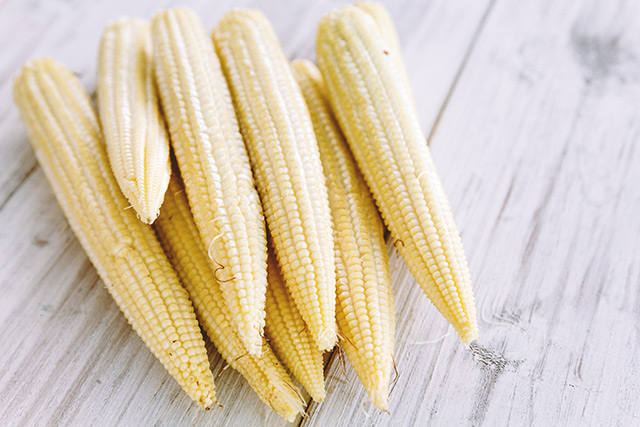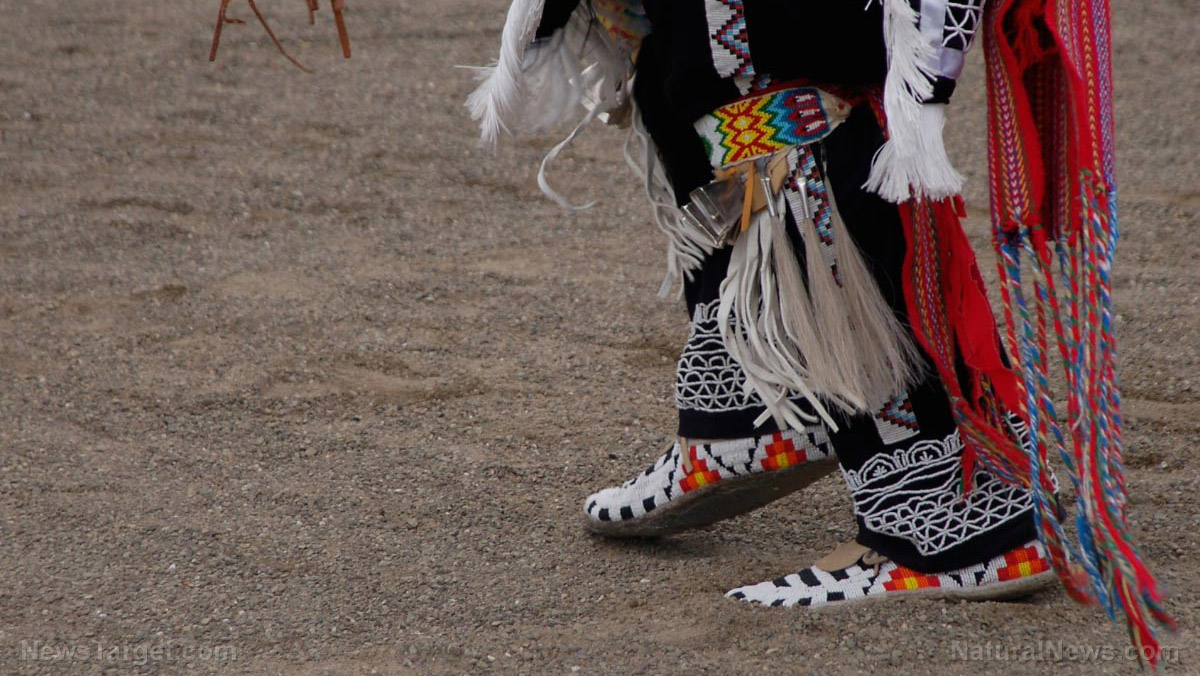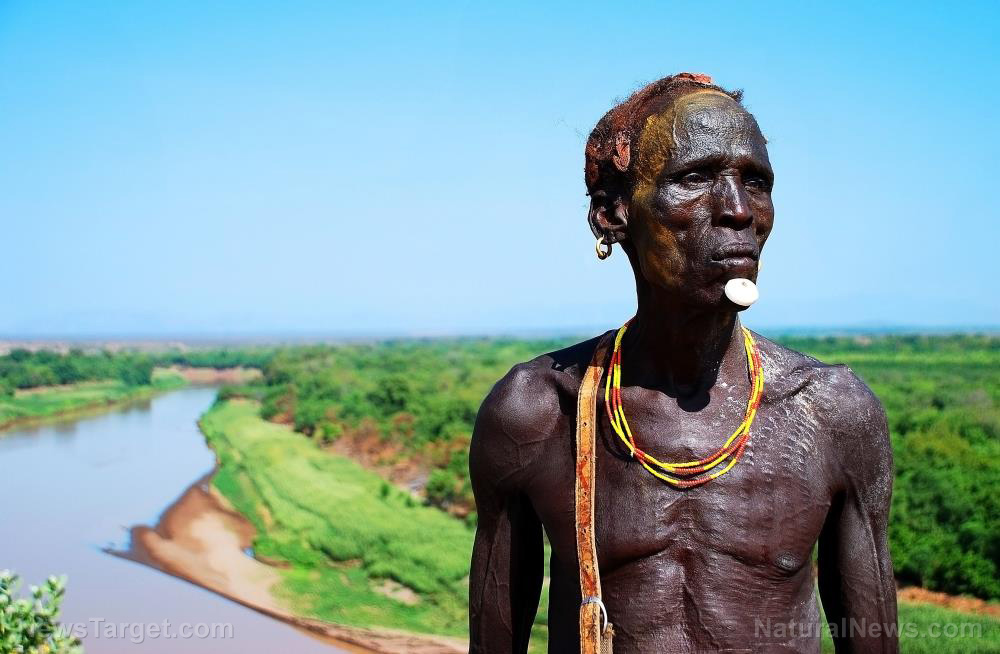
To address this matter and preserve history in the process, the Seneca - an Iroquoian -speaking people - tribe has launched the Iroquois White Corn Project that involves reviving an ancient kind of corn. Unlike the more common, yellow sweet corn sold in the market, the tribe's traditional plant is gluten-free; rich in fiber, protein, and slow-releasing carbohydrates; packed with amino acids; and has low sugar content.
“The sincere hope of [the project’s original founder], John Mohawk, was that by putting Native food back on our tables, we might grow healthier,” G. Peter Jemison said. “Could it be possible that if we return to a more Native diet, we could really combat diabetes?”
The project, founded by Mohawk and his wife, Dr. Yvonne Dion Buffalo in the 1990s, is now spearheaded by Jemison. Its operation is located at the Ganondagan State Historic Site, the original settlement of the Iroquois tribe. It produces three main products - Iroquois hulled corn, corn flour, and roasted corn flour. (Related: Native people around the world have used a class of plants called bryophytes for a variety of medicinal remedies.)
"The mission of the Iroquois White Corn Project is to encourage Haudenosaunee [Iroquois] farmers to grow the corn and to eat it for more than just special occasions or ceremonial use—[making it] something they eat every day," said Jeanette Miller, program director for Friends of Ganondagan and a member of the Mohawk tribe of the Iroquois Confederacy.
What started out as an effort to put white corn back on the table is now producing around 5,000 pounds annually and has a stable market. Aside from hoping this will improve the health of the Iroquois people, Jemison revealed, they also hope to penetrate the marketplace of chefs who support the use of indigenous ingredients.
What it takes to produce white corn
The tradition of planting and harvesting white corn has been prized by local Iroquois for 1,000 years, making its labor-intensive process very special. Seeds are hand-planted and hand-picked before being cooked using culinary lime - traditionally, it's cooked in hardwood ash - and then washed to have the rest of the hull removed.
The ears of the corn are then braided more than 30 times before being hung to dry. Once the product is dry enough, it is hand-shelled from the cob. According to Jemison, the process is ideally a community effort, and since it's laborious, farming white corn can be very costly. He admitted that what they're doing is not an easy way to earn money, however, he, along with other project leaders, boost the farmers' morale by providing them a market.
An ancient and sacred product
As early as the 17th century, women from the Ganondagan were already raising, picking, storing, and eating white corn. Around 3,700 bushels of healthy corn and other varieties of beans and squash were grown yearly to sufficiently supply everyone in the community with food, especially during winter.
In 1687, French armies destroyed nearly 1.3 million bushels of corn, and another 350,000 were ruined during the Revolutionary War. This did not stop the Seneca people from continuing their tradition. However, they needed to constantly move around to find safer places where the lands were fertile.
Due to the project's importance in the culture of the Iroquois, leaders always see to it that all those who volunteer for the cause work with a good mind, "bringing love and good intentions to the process while acknowledging the Creator and Mother Earth."
Keep reading about your favorite foods at FoodScience.news today.
Sources include:
Please contact us for more information.























